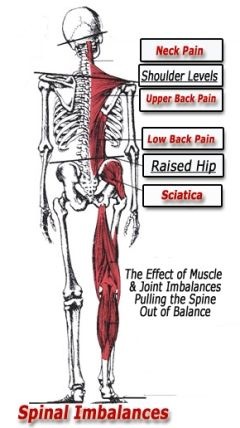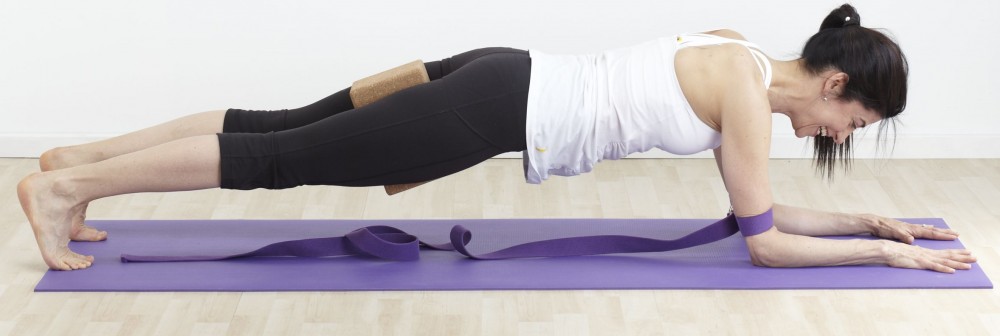As you can see, the load we put on our spine can create certain imbalances. We each have a postural core – so what is the role of yoga? As a psycho-somatic discipline it means that everything we think,do, feel is reflected in our bodies (body-mind-spirit=one)
Finding out who you are before you step onto a yoga mat is useful, especially in finding your path and practices to move toward symmetry. Beyond that, the more subtle aspects of yoga practice can show us areas and patterns of thinking and acting that only add more stress and load.
Awareness is the key. Even for something as simple – for this skeleton as stopping to hold the telephone with one ear…but you can see how even the basic pose – tadasana – standing mountain, would be a challenge to maintain.
Once we understand and make connections between muscles, posture, movement, impingement, we can then bring in a series of remedies to help create more ease for the individual. This is basically the goal of the therapeutic approach of yoga. I think that once a student is empowered through a private yoga class assessment, they have an increased knowledge base for practicing on their own, or in group classes where the cues may not address their specific situation.



